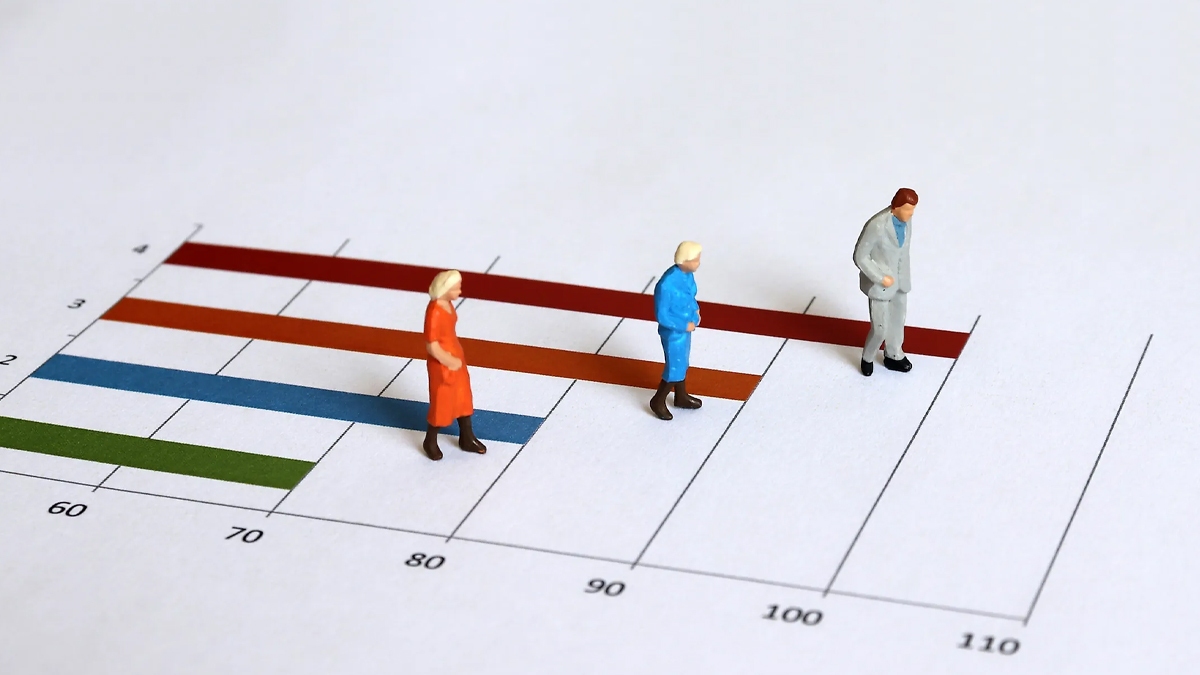
According to the most recent demographic data, life expectancy has slightly decreased from 65.4 years two years ago to 65 years, the number of years that a person is likely to live.
PDS Survey
The infant mortality rate, total and general fertility rates, crude birth and death rates, and the rate of natural increase were among the other important figures computed by the Pakistan Demographic Survey (PDS) 2020, which was published on Tuesday.
It has been 13 years since the last poll in a series that began in 1984. This is its 20th round.
However, when its findings were compared to pertinent indicators from the Pakistan Demographic and Health Survey (PDHS) 2017–18 and Pakistan Standard of Living Standards Measurement Survey (PSLM) 2018–19, the majority of them “show close proximity,” according to the most recent survey’s chief statistician, Dr. Naeemuz Zafar.
Bifurcation of The Report
The most recent statistics revealed that while men’s life expectancy increased from 64.3 to 64.5, women’s life expectancy decreased overall. While it decreased for women from 66.5 to 65.5, it remained greater than it was for men.
The life expectancy rose to 71.3 for people aged 1-4, including 70.6 for men and 72 for women.
Read More | Ways to Counter Depression
Read More | Top Skills Recruiters Look For in 2022
The ratio of newborn fatalities per 1,000 live births has decreased to 56. In PDHS 2017–18, it was 62, while in PSLM 2018–19, it was 60.
The age-specific data reveals that while the overall fertility rate was 124, it was highest in the 25-29 age group, where it was 215. This age group was followed by the 20-24 age group, followed by the 30-34 age group, and the 35-39 age group.
PDHS Number
The largest increase was likewise seen in this last age group (35–39) when compared to the PDHS number of 79.
Rural areas had a significantly higher overall fertility rate (138) than cities (102).
According to the PDS, the population of the nation has increased from 207.6 million in 2017 to 220.42 million, consisting of 111.69 million men and 108.73 million women. Compared to metropolitan areas, the majority of people (139.41 million) still reside in rural areas (81m).




